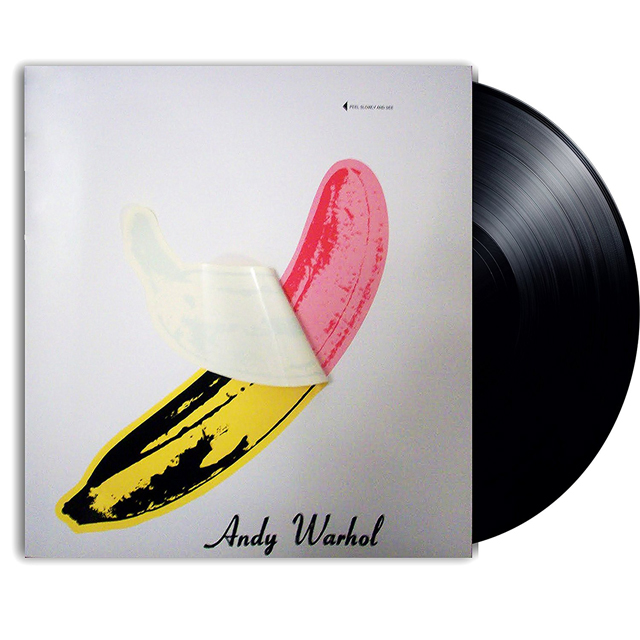

After over a decade of feeling defined by her appearance and beauty, she embraced a vocal style that seemed to both challenge and redefine what constituted a beautiful voice, as it often echoed out like a ship’s foghorn slowly rumbling amidst a thick smog. Nico became seemingly less concerned about appearing conventionally pretty, vocally. This period birthed a newfound identity both sonically and aesthetically: gone too was the blonde hair and pristine white clothing and in was dyed hair, black clothing and scuffed motorcycle boots. Gone were the gently plucked acoustic guitars and sweet vocals and in was a droning harmonium, songs about death and decay and a voice that plunged new depths and forged new tones.


When encouraged to write her own material, Nico gained a new sense of individualism on albums such as ‘The Marble Index’ and ‘Desertshore’. Her debut, ‘Chelsea Girl’ – penned by friends and collaborators like Lou Reed, John Cale, Bob Dylan and Jackson Browne – is a collection of wistful folk-pop, humming with breezy, infectious melodies and hushed vocals that feel like extensions of the softer side she brought to the Velvet Underground. Between 19 she then released four solo albums. Moving from Paris to New York, the German-born artist left the modelling and acting world and leapt into a musical one, famously falling into Andy Warhol’s circle and onto the The Velvet Underground’s seminal debut album. Yet despite such accolades landing her with true cult hero status, there’s some periods of Nico’s life that don’t fit as neatly and glamorously into her timeline: such as her seven years spent in Manchester between 1981-88. Nico modelled for Chanel, appeared in Federico Fellini’s La Dolce Vita, sang for The Velvet Underground and released a string of truly inimitable solo albums that influenced a vast range of artists from Elliott Smith to Throbbing Gristle.


 0 kommentar(er)
0 kommentar(er)
